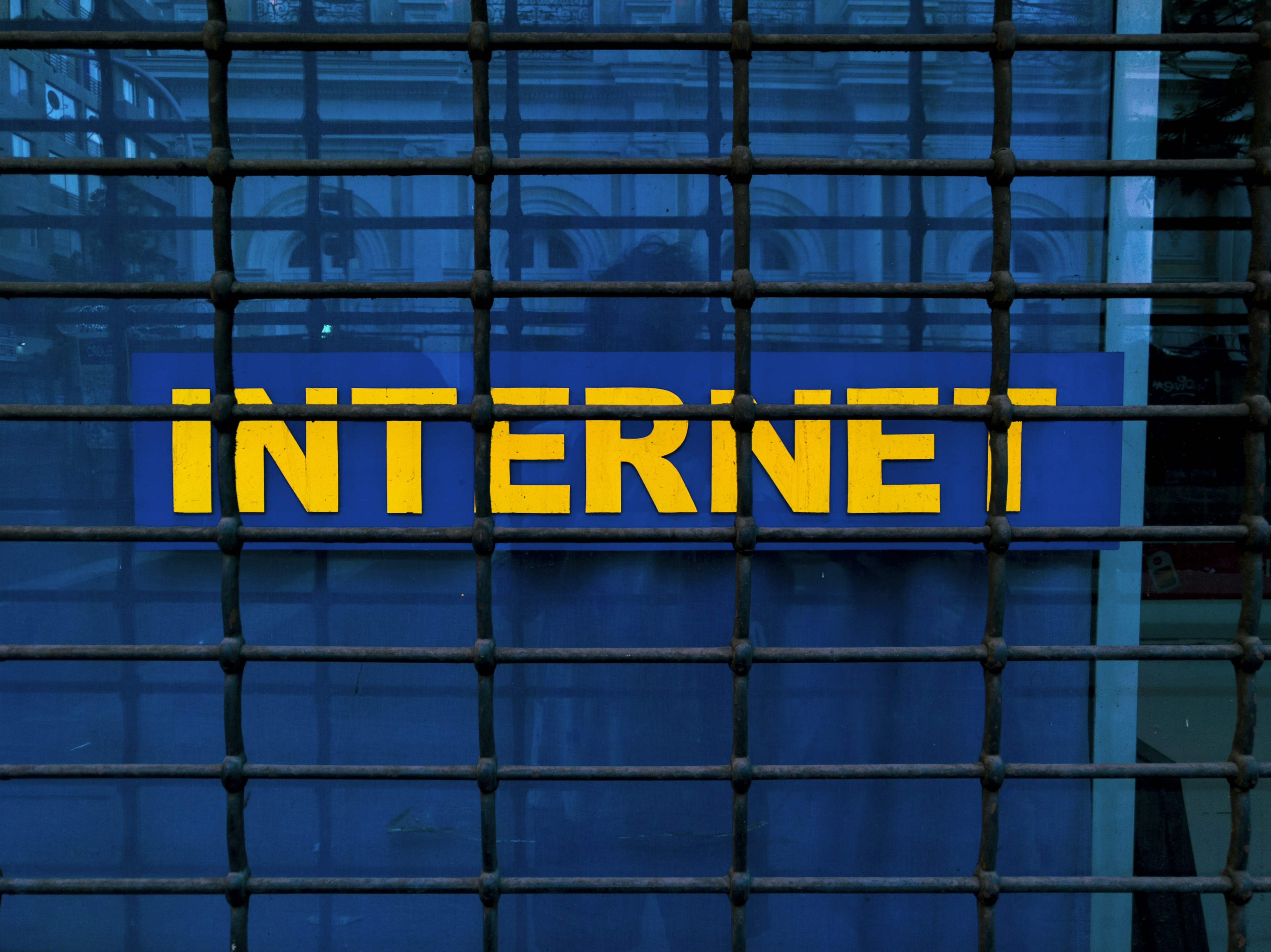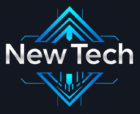
Understanding the Kids Online Safety Act (KOSA)
The Kids Online Safety Act, commonly referred to as KOSA, is a legislative measure aimed at safeguarding children in the digital space. Introduced to address growing concerns regarding minors’ exposure to online risks, KOSA seeks to implement various protective measures for young users while imposing regulatory obligations on social media platforms. The overarching goal is to create a safer online environment for children by reducing their vulnerability to harmful content, cyberbullying, and other online threats.
Central to KOSA is the requirement that social media companies undertake specific actions to ensure the protection of child users. The legislation mandates the development and enforcement of comprehensive policies aimed at monitoring and responding to online harms directed at minors. These include the implementation of robust verification systems intended to restrict access to platforms for individuals not meeting age requirements. Moreover, KOSA advocates for increased transparency, compelling platforms to disclose how user data is collected, utilized, and protected—a significant consideration in ensuring the safety of children online.
Additionally, KOSA authorizes parents to have a more active role in their children’s online experiences, giving them the ability to monitor their children’s activities on social media platforms. The act’s provisions not only focus on safeguarding minors but also encourage educational initiatives that inform both parents and children about digital literacy and responsible online behavior. However, these measures also present challenges, as they may lead to constraints on the freedom of expression for users of all ages. Content moderation and the enforcement of age restrictions could result in overreach, whereby legitimate expressions may inadvertently become subject to censorship. Therefore, while KOSA aims to protect the most vulnerable online users, it raises important questions about the balance between safety and freedom on the internet.
Potential Negative Impacts on Internet Freedom
The Kids Online Safety Act (KOSA) has raised significant concerns regarding its potential implications for internet freedom and expression for users of all ages. One of the primary issues with KOSA is its broad regulations that digital platforms are required to implement. These regulations, designed to protect minors, may inadvertently create a restrictive environment for all users, as platforms often opt to enforce stringent content moderation policies to comply with legal obligations.
This tendency towards overreach in content moderation may lead to the indiscriminate removal of content deemed inappropriate, even when such content is vital for open dialogue. As digital platforms grapple with the complexities of ensuring compliance with KOSA, the likelihood of erring on the side of caution increases. Consequently, the richness of online discourse could be diluted, as platforms may prioritize the removal of material that is ambiguous or even innocuous, thereby limiting access to diverse viewpoints. This erosion of varied content could push users towards echo chambers where only similar perspectives are represented, contravening the principle of an informed and free internet.
Furthermore, the potential for censorship raises alarm bells about how KOSA could stymie the free expression of ideas that challenge dominant narratives. In some instances, the fear of being penalized may compel both content creators and users to self-censor, opting to avoid sharing controversial or critical viewpoints to evade scrutiny. This culture of fear could impede not just the dissemination of information but also the vital discussions necessary to hold societal institutions accountable. Ultimately, while KOSA aims to safeguard minors online, its unintended consequences may extend beyond its intended audience, creating a less open and less free internet for everyone.
Challenges for Content Creators and Small Platforms
The Kids Online Safety Act, while aimed at protecting minors in the digital landscape, poses several challenges for content creators and small platforms. This legislation implements stringent requirements for data privacy, moderation practices, and user engagement on platforms that cater to children, which disproportionately impacts smaller entities that often lack the resources to comply effectively. Content creators operating on these platforms may face increased compliance costs, which can be particularly burdensome for those already navigating tight budgets. This financial strain could ultimately lead to reduced opportunities for creativity and innovation as creators channel their limited resources toward meeting regulatory demands.
Moreover, the act’s provisions may inadvertently foster a culture of caution among content creators. With the potential for severe penalties for unintentional violations, including hefty fines or even platform shutdowns, creators might hesitate to produce content that engages young audiences. This chilling effect can stifle creativity, as individuals may opt to play it safe rather than explore innovative ideas that resonate with their users. The apprehension surrounding compliance may lead to self-censorship, where creators limit their content to avoid any risk of violating the act, ultimately diminishing the richness and diversity of available content.
Small platforms may also struggle with the technical aspects of compliance, such as implementing the necessary age verification and content moderation tools. These requirements can strain their infrastructure, resulting in operational challenges that larger platforms can more readily absorb. In contrast, small platforms often lack the dedicated legal and technical teams required to navigate complex regulatory frameworks. Consequently, the Kids Online Safety Act may inadvertently disadvantage small platforms, limiting their capacity to reach and engage their audiences effectively while simultaneously constraining the creative potential of their content creators.
Balancing Child Safety and User Rights
In recent years, the conversation around child safety on the internet has gained significant traction. The implementation of legislative measures aimed at protecting children online, such as the Kids Online Safety Act (KOSA), underscores the need for vigilance in safeguarding vulnerable users in a digital landscape fraught with risks. However, this pressing need must be balanced against the fundamental principles of user rights and freedoms that underpin the internet ecosystem.
While KOSA is designed to mitigate online dangers, it introduces complexities that could inadvertently infringe on the rights of users. The act’s stringent requirements for platforms could deter innovation and limit access to diverse online content. Such restrictions raise concerns about potential overreach, wherein the measures intended to protect children might also hinder the overall freedom of expression paramount in a democratic society.
A nuanced approach is essential in addressing this dichotomy between child safety and user rights. Policymakers must take into account the varying degrees of risk faced by different age groups and their capacity to navigate online environments. This can be achieved by promoting educational initiatives aimed at teaching digital literacy and resilience among children, empowering them to engage with the internet responsibly.
Moreover, alternative solutions can be explored to create safer digital spaces for young users without compromising the rights of all internet stakeholders. Implementing stronger community guidelines and leveraging technology such as AI tools could help enhance child protection while preserving the open nature of the web. Parental controls and engagement can also play a pivotal role, with parents actively participating in their children’s online experiences, thereby fostering a culture of safety.
In conclusion, addressing child safety online requires a careful balance between enacting legislative measures and ensuring the preservation of user rights. Through comprehensive strategies and collaborative efforts, it is possible to achieve a safe internet environment for children without compromising the core values of openness and accessibility that the internet embodies.


